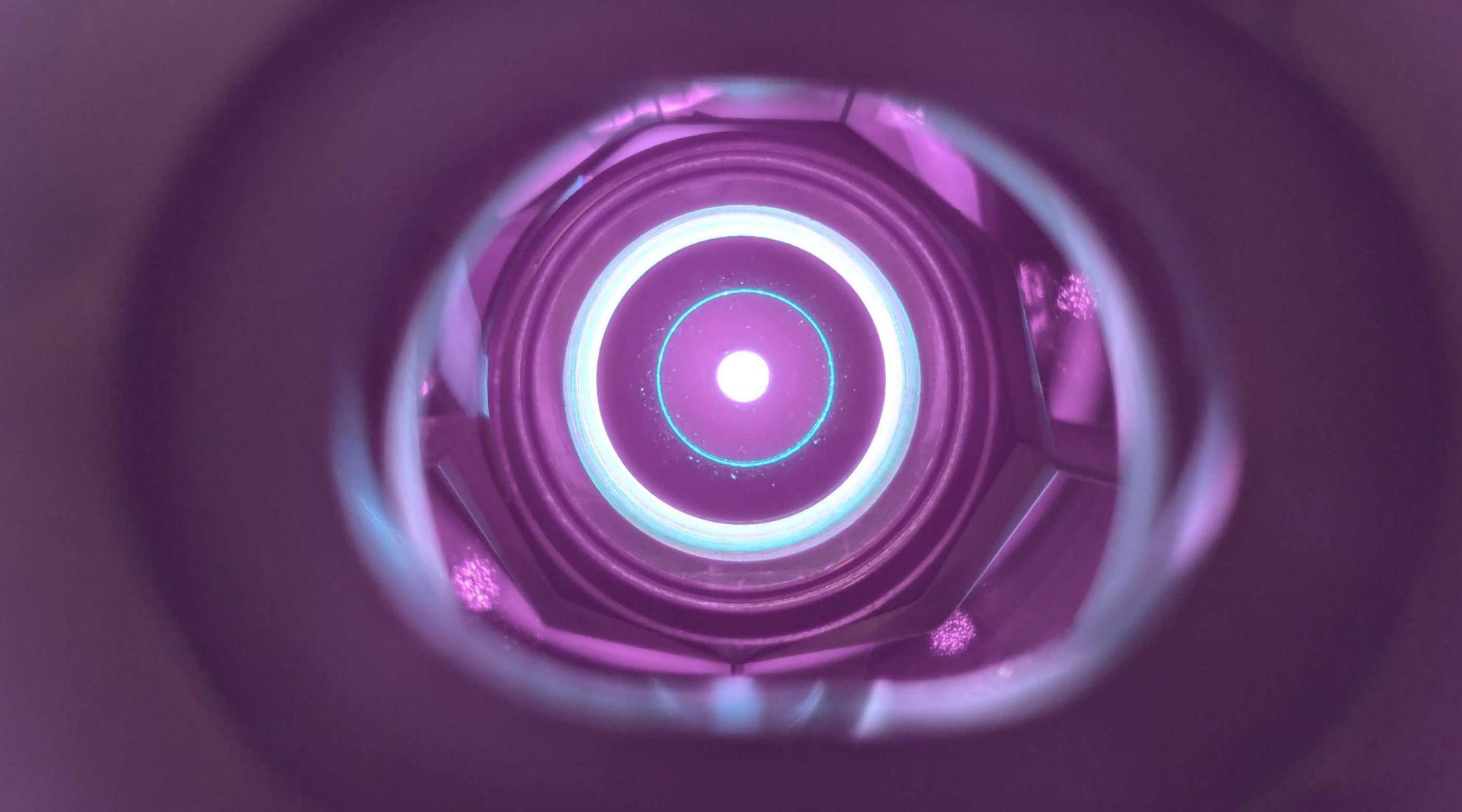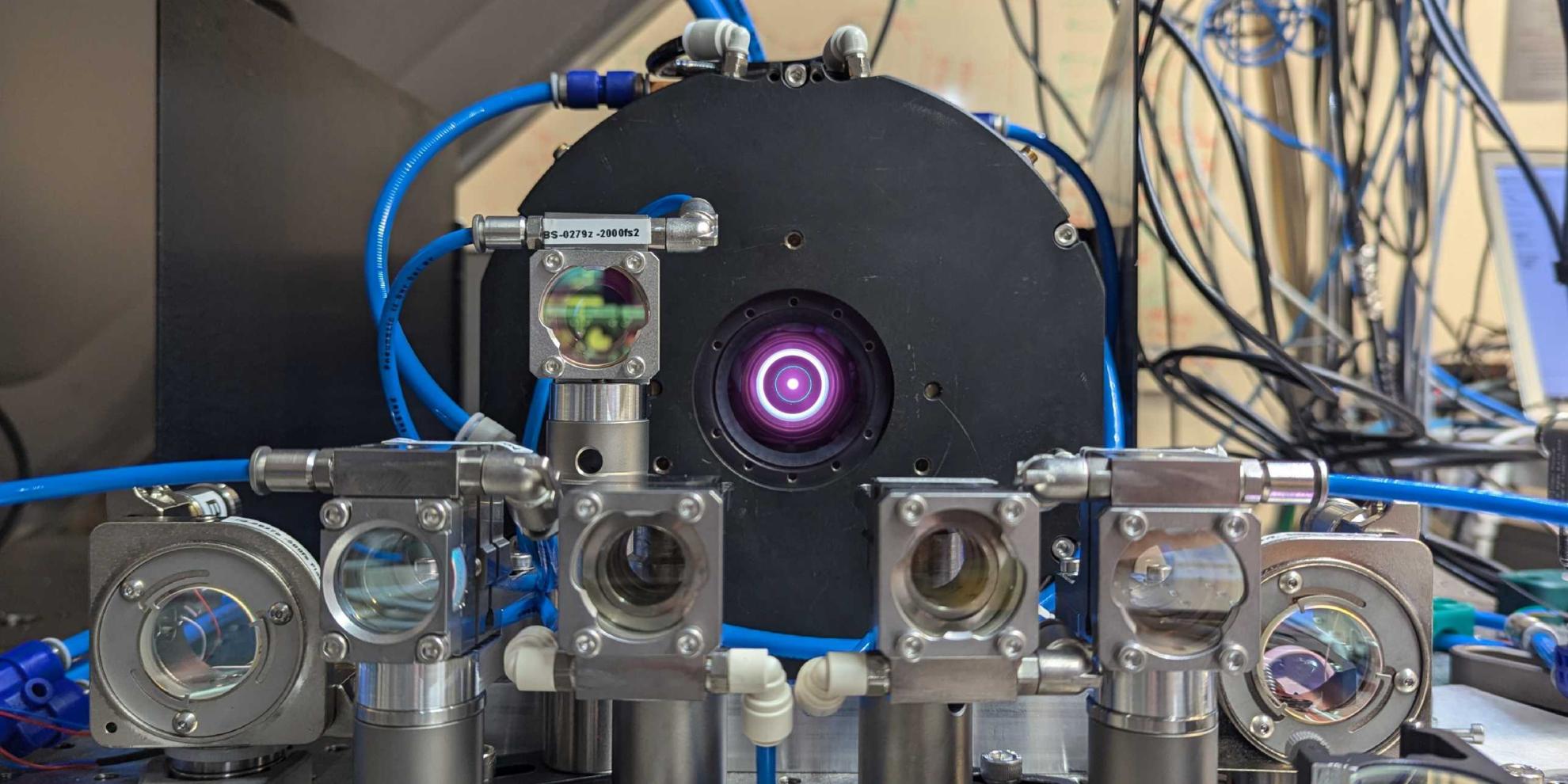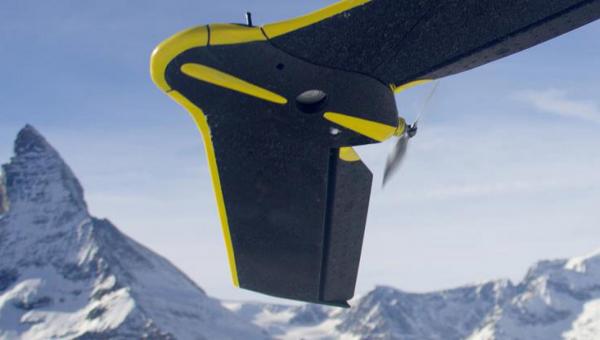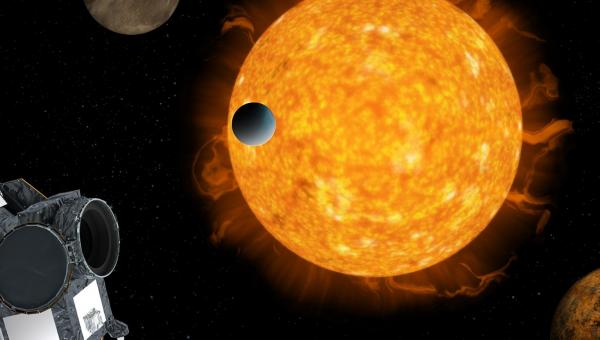More powerful laser pulses than ever before

A peek inside the record-breaking laser.
The most powerful ultra-short pulse laser to date produces pulses around 50 per cent stronger than the previous record.
From supermarket checkouts to quantum labs and industry, lasers have become ubiquitous and indispensable. They serve as timers in atomic clocks, as cages for atoms, or as powerful cutting and drilling tools. Ultra-short laser pulses play a particularly important role. However, many pulsed lasers only achieve limited performance in the femtosecond or attosecond ranges (a billionth of a millionth and a billionth of a billionth of a second, respectively).
Fluctuations in performance are inevitable
The reason for this is that in order to generate high-intensity laser pulses at such short durations, the standing light waves generated in the laser, known as modes, are combined with each other in such a way that the wave peaks amplify each other at certain time intervals. Weaker laser pulses are sent through several separate amplifiers outside the laser, leading to increased power fluctuations, which is particularly problematic for precision measurements.
A crystal disc makes all the difference
Researchers at ETH Zurich recently presented an alternative with twice the power. It is based on a short-pulsed disc laser, in which the laser medium consists of a disc just 100 micrometres thick, made of a crystal containing ytterbium atoms. This disc is mirrored on one side and thus acts as a photon source and mirror at the same time. Typically, the radiation is passed through the disc several times to amplify the light output.

The laser can be seen in the centre of the image, with lenses and mirrors in the foreground that reflect and redirect the laser beam.
Special mirror arrangement
For the new high-power pulsed laser, the researchers have added two new features to the disc laser. Firstly, they added a special arrangement of mirrors to guide the light through the disc more frequently than before. The second innovation is the Semiconductor Saturable Absorber Mirror (SESAM). This mirror, made up of ultra-thin layers with different refractive indices, selectively reflects the light that hits it: the stronger the intensity, the more efficiently the mirror reflects it.
This record is the result of a long and exciting journey with lots of interesting laser physics.
New record figures
The team's 25 years of research have produced a remarkable result: with an average power of up to 550 watts, the pulses exceed the previous record by more than 50 per cent, making them the most powerful ever generated in a laser oscillator. The power of the short pulses reaches peaks of 100 megawatts, which, according to the researchers, could theoretically power 100,000 vacuum cleaners for a short time. According to Dr Keller, Professor at the Institute for Quantum Elecontrics, the high-power pulses could help to optimise a wide range of applications, including precision measurement and materials processing.




